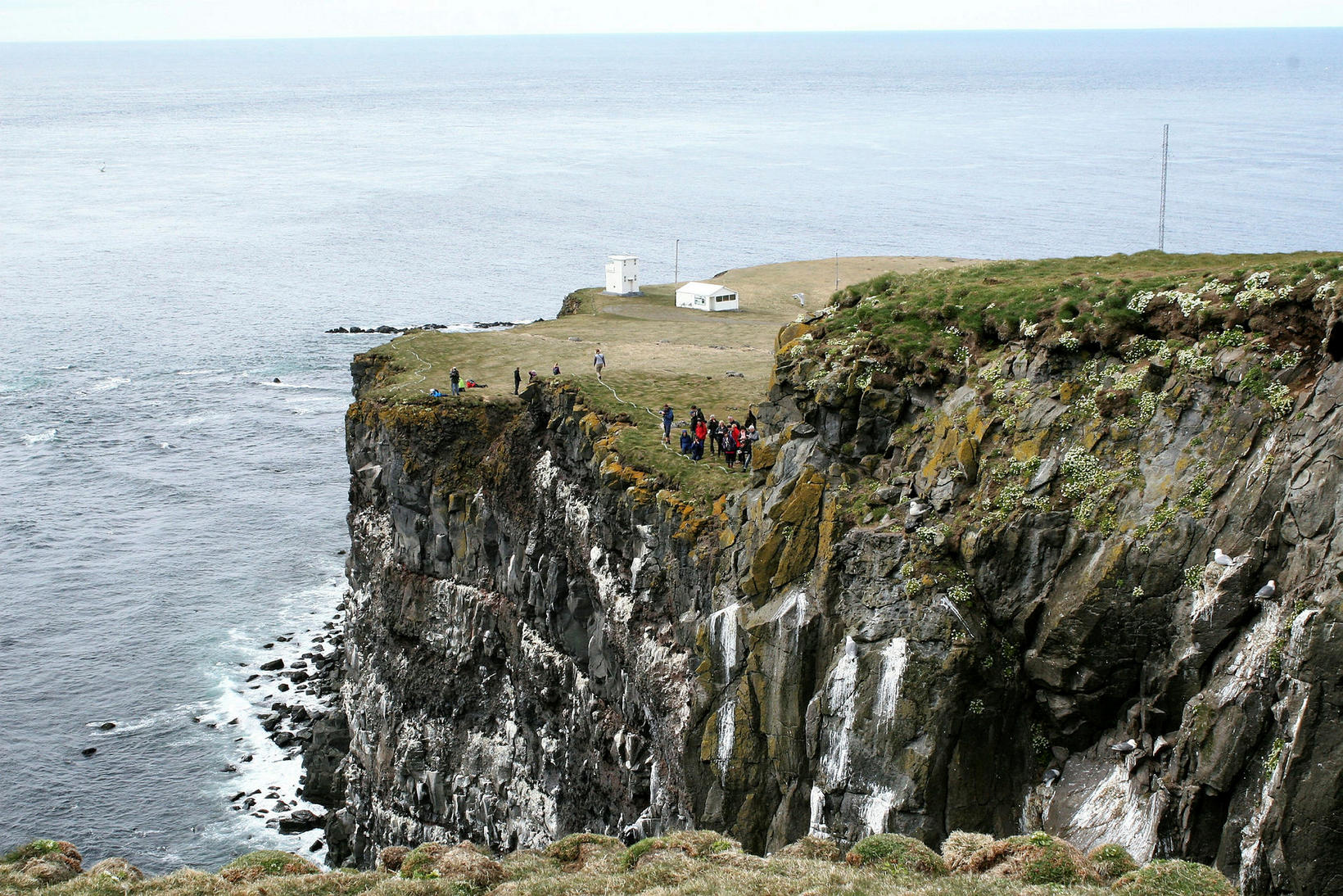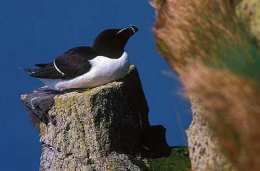Bird Paradise Látrabjarg Declared Protected
Látrabjarg cliffs, the West Fjords – Iceland’s most famous bird cliffs – are now officially protected. Minister for the Environment Guðmundur Ingi Guðbrandsson signed a declaration to that effect on March 2, mbl.is reports.
“Látrabjarg is among Europe’s largest bird cliffs, and is classified as an internationally important area for birds,” a statement from the Ministry for the Environment reads.
“The area is known for its great natural beauty and biological diversity,” the statement continues. “The goal of the declaration of protection is to protect the area’s unique biological diversity and habitat for birds. The area’s rich birdlife is partly based on its abundance of food.
“The area boasts the country’s largest population of seabirds, including the world’s largest known nesting ground for razorbill. Numerous bird species nest in the area, including threatened ones, such as puffin and razorbill. By Látrabjarg, there are remains of habitation and culture. In addition, the cliffs reflect the geological history of the West Fjords.”
“Today is an important day for environmental protection, when we declare Látrabjarg, one of the country’s most magnificent bird cliffs and one of the largest on the North-Atlantic Ocean, protected,” Guðmundur Ingi stated. “The number of tourists visiting the cliffs has increased in recent years, making it essential to direct traffic in a systematic way and to increase supervision in the area. My hope is that birds and humans will be able to enjoy the area indefinitely,” he concluded.
Látrabjarg is the westernmost part of Iceland. It extends 14 km (8.7 miles) along the north shore of Breiðafjörður bay and is up to 444-m (almost 1,460-ft) high. In addition to razorbill, it is famous for its populations of common murre, thick-billed murre, fulmar, puffin and black-legged kittiwake, according to the Icelandic Institute of Natural History .
Millions of birds nest in the cliffs every summer, according to visindavefur.is .
It is geologically important because it is one of the oldest parts of the country, created in multiple eruptions 13-16 million years ago.
Take a look at an amazing video from the cliffs here .






/frimg/1/57/87/1578747.jpg)



